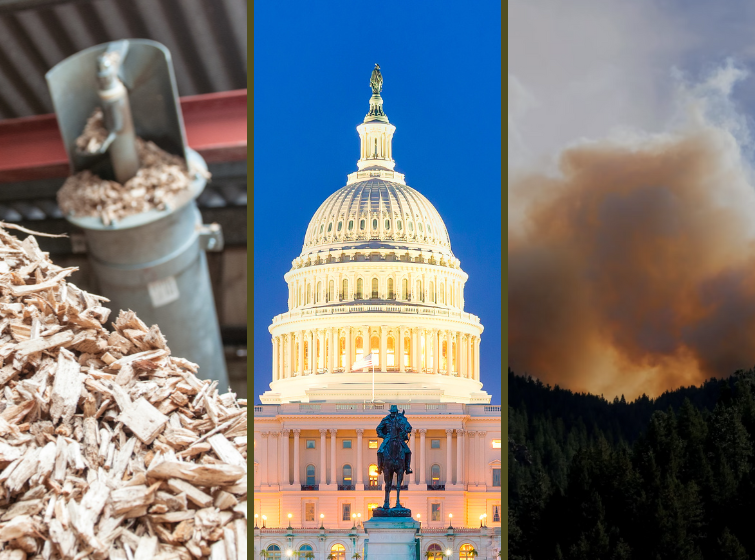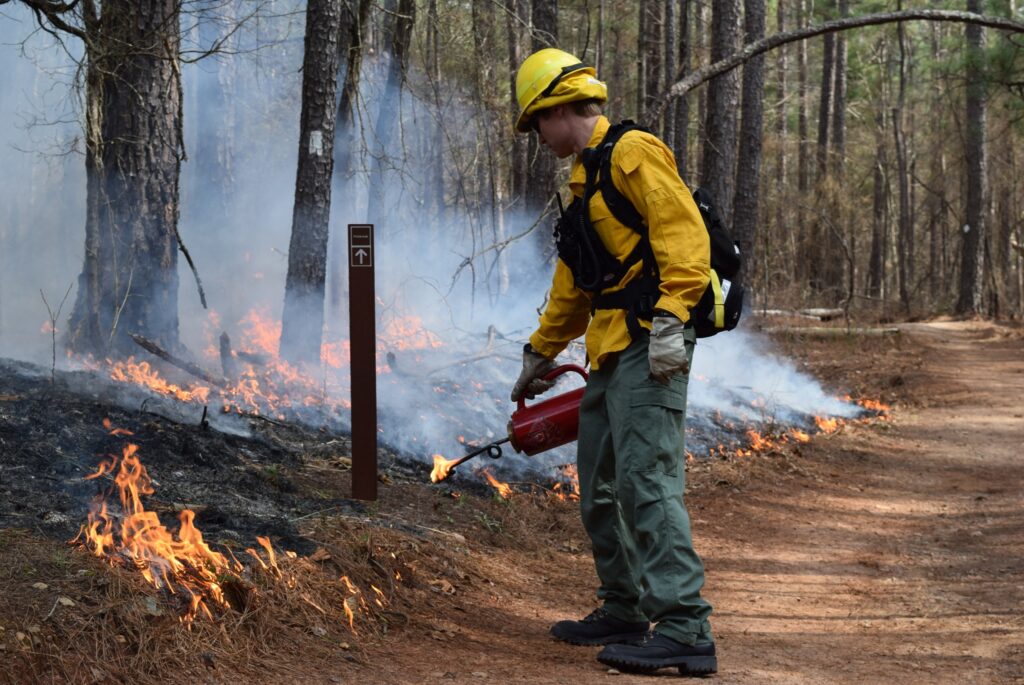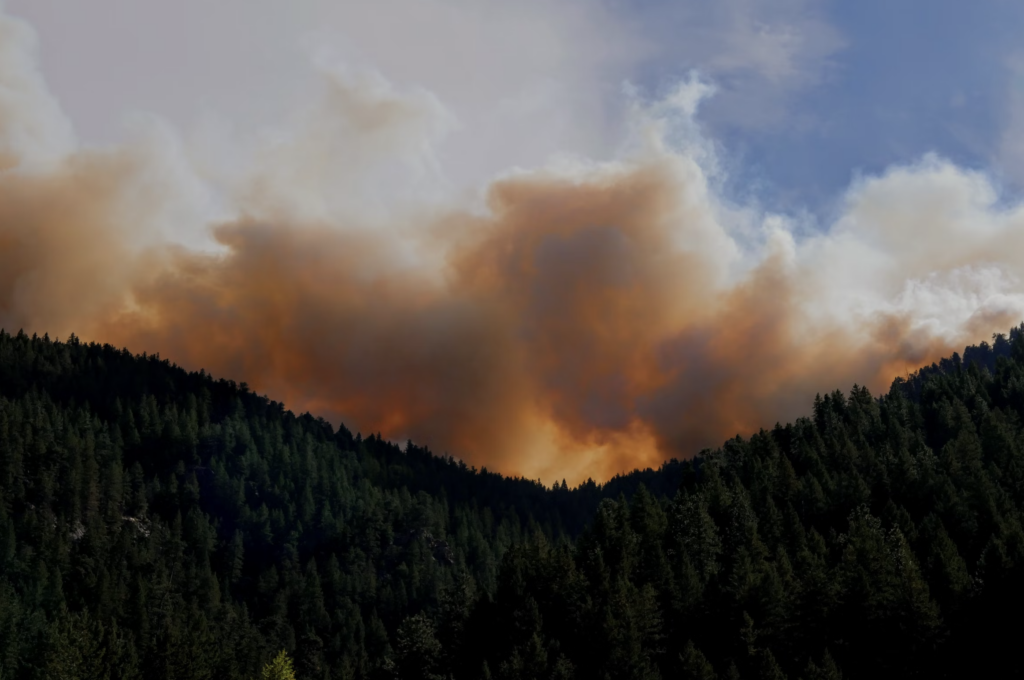Updates & Blog
Policy At-a-Glance: October – November 2023

Congressional Updates

House selects new Speaker from Louisiana, Congress passes Continuing Resolution to avert shutdown.
GREENWIRE | Rep. Mike Johnson (R-La.), former chair of the conservative Republican Study Committee who has pursued a hard-line policy agenda that includes climate science skepticism, secured the gavel with no opposition from his side of the aisle. The final vote was 220-209.
AP NEWS | President Joe Biden signed a temporary spending bill a day before a potential government shutdown… The spending package keeps government funding at current levels for roughly two more months while a long-term package is negotiated. It splits the deadlines for passing full-year appropriations bills into two dates: Jan. 19 for some federal agencies and Feb. 2 for others, creating two dates when there will be a risk of a partial government shutdown.
SGSF Policy Director says: “While the recently passed Continuing Resolution will give Congress and the federal agencies breathing room over the upcoming holidays, the two parties/chambers are still very far from an agreement on FY24 funding levels, which will have to be bridged in the new year. Speaker Johnson will be put to the test by the more conservative flank of his party to advocate for as much fiscal restraint as the Democratic Senate will allow. Will be interesting to see how this process impacts funding levels for State Forester priority programs.”
EPA Proposes Amendments to Air Emissions Reporting Requirements

State Foresters weigh in on proposal impacts on prescribed fire reporting.
The public comment period recently closed for EPA’s proposed updates to the Air Emissions Reporting Requirements (AERR) to improve EPA’s collection of certain emissions data critical for performing air quality and risk analyses, among other regulatory and non-regulatory activities. The proposal would ensure that EPA has sufficient information to identify and solve air quality and exposure problems and ensure that communities have the data needed to understand significant environmental risks that may be impacting them. One portion of the proposal would require State, local and certain tribal air agencies to report prescribed fire data.
SGSF Policy Director says: “In our comments, State Foresters clearly state that we recognize and support the importance of better data in understanding the impacts of prescribed fire on air emissions. However, the implementation of the proposal without any additional funding to state forestry agencies would make implementation next to impossible. We hope these comments will catalyze a larger conversation between EPA, state air quality agencies and state foresters about how to better use the exceptional events rule for prescribed fire and how to achieve EPA’s desired data goals in a way that is financially and logistically doable.”
White Oak Resilience Act Introduced in the House of Representatives

The White Oak Initiative announced its support of the bipartisan White Oak Resilience Act, introduced in the U.S. House of Representatives (H.R. 5582).
White Oak Initiative | The White Oak Resilience Act (WORA) will protect and help revive the white oak population across the full range. A primary provision of the bill will mobilize a White Oak Restoration Initiative Coalition of public, private and other non-governmental bodies to coordinate and encourage more effective forest management practices. The bill would create:
- A formal USDA White Oak Restoration Initiative Coalition that would prioritize and coordinate white oak projects
- New white oak restoration and regeneration pilot projects coordinated through the U.S. Forest Service and Department of the Interior
- A private-sector white oak restoration fund
- A nationwide strategy and implementation plan expanding the capacity of tree nurseries
- Expanded research of white oak by land-grant universities and the U.S. Forest Service
Cosponsored by Congressional White Oak Caucus and Congressional Bourbon Caucus leaders Andy Barr (R-KY), Ami Bera (D-CA), Steve Cohen (D-TN), Scott DesJarlais (R-TN) and Morgan McGarvey (D-KY), WORA showcases the power of public-private partnership, and the integral relationship between the resilience of our natural resources and economic growth.
SGSF Policy Director says: “SGSF and its members, especially those within the range of the iconic White Oak, support this important bill which helps address sustainability of the species. We look forward to advocating for its inclusion in ongoing Farm Bill discussions, so critical funding can be brought to bear on the ongoing collaborative work of White Oak restoration and landowner assistance.”
Woody Biomass Key to Administration’s Clean Energy Future

Coalition urges the inclusion of woody biomass in the Qualifying Advanced Energy Project Credit (48C) program
Sustainable woody biomass is aligned with the Inflation Reduction Act (IRA) objective to fund lower carbon fuels for the future and is essential to President Biden’s Administration’s long-term strategy for achieving net-zero by 2050. In response to a recent letter urging the exclusion of woody biomass from the Qualifying Advanced Energy Project Credit (48C) program, an urgent coalition letter has been submitted to the Secretary of Energy about woody biomass and its critical role in advancing the Administration’s goals through the production of lower carbon fuels, improved forest management, and support for rural economies.
SGSF Policy Director Says: “SGSF is a strong advocate for woody biomass as a climate-friendly, clean-energy solution when paired with sustainable land management. This key tax provision from the Inflation Reduction Act is one of many levers that should be used to spur the greater development of woody biomass energy projects in this country.“
Interagency Agreement Signed on Smoke Management

Biden-Harris Administration Agencies Sign Interagency Agreement to Address Wildfire Risk and Protect Communities from Smoke
USDA | Agriculture Secretary Tom Vilsack, Environmental Protection Agency Administrator Michael S. Regan, Secretary of the Interior Deb Haaland, and Director of the Centers for Disease Control and Prevention Mandy Cohen announced a Memorandum of Understanding (MOU) to further their joint work to protect communities from the impacts of wildfire smoke, while promoting land management practices that reduce the risk of large, severe fires. The four agencies – the U.S. Department of Agriculture (USDA), the Environmental Protection Agency (EPA), the U.S. Department of the Interior (DOI), and the Centers for Disease Control and Prevention (CDC) – also released a joint plan outlining wildland fire-related priorities the agencies will focus on over the next two years.
The MOU outlines how the agencies are working together to advance public health preparedness, minimize smoke impacts to the public and ensure regulatory pathways under the Clean Air Act accommodate greater use of prescribed fire. The joint workplan outlines areas of focus for the agencies’ partnership for fiscal years 2024 and 2025:
- community preparedness;
- ensuring that land management and public health goals are addressed together;
- data collection and sharing; and
- interagency communication and messaging.
SGSF Policy Director Says: “The importance of strong collaborative working relationships between the federal agencies and state foresters in smoke management cannot be overstated, especially in the South. This MOU covers a range of critical agency functions and partnerships to allow for greater use of prescribed fire, for which the South is already the national leader in implementation.”
In Case You Missed It!
- ON FIRE: The Report of the Wildland Fire Mitigation and Management Commission
- Wood Innovations Grants and Community Wood Grants Funding
- (FY24 funding opportunities were announced on October 18, with proposals due for both programs on December 15)
- USFS updates stakeholders on effort to define “old growth” and “mature” forests